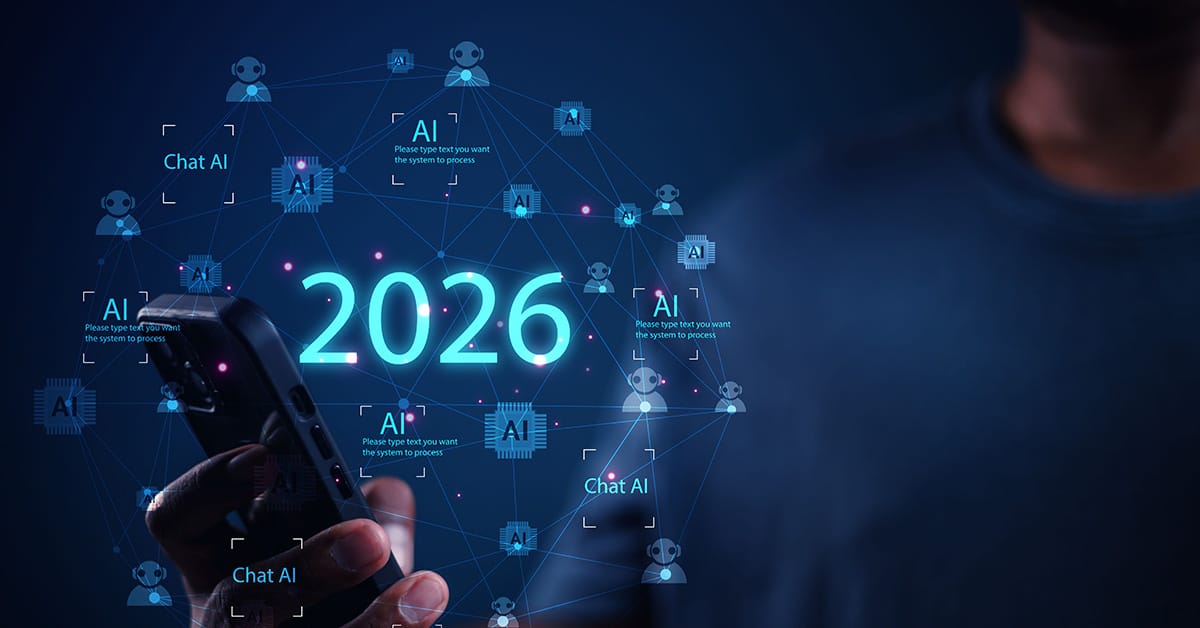What are the top 5 CX hotspots
Where are the primary hotspots that impede the experience? The truth is they’re often hiding in plain sight.The most important first step an organization can do is identify those problem areas. Taking stock of the hotspots in the customer journey is critical to improving the customer experience and increasing customer satisfaction. Here are the top five hotspots to exceptional CX:- Lack of channels
Maybe you already did your research and now offer multiple channels that you found consumers and prospects prefer. If you have not looked into this (or it’s been a while you last checked—today, preferred channels can change quickly) this is a good point to get started. If you already support the channels consumers prefer and that are the best fit for them, ask yourself: are those customers aware of all those options or might there be a way to be more proactive in letting them know what is available? Are you involuntarily “hiding” your supported channels in the footer of your website? Or on your “Contact us” page? Could you empower your agents to seamlessly switch or add channels to an interaction when it would help to provide a better experience? Are you being proactive about giving your customers a choice, maybe even directing them to the best channel for resolution?This, by the way, need not come with a humungous price tag or take ages to execute: A unified solution that provides a choice of natively supported channels is the smartest option since it simplifies and streamlines implementation once you have identified the channels of choice.Plus, using the right channel at the right time can provide a solid ROI. For example, one company decided to replace email as the channel for sending their customers coupons with using text messaging instead. The change made the process of getting a discount coupon to the customer faster and easier, reduced average handle time by more than 20 seconds, increased the send rate by over 75% and discount redemption rate by almost 10%. Small channel change, big impact!
- Inefficient self-service
Another stalling point in the customer journey is inefficient self-service. Businesses invest time, resources and funds into introducing or expanding self-service, but those attempts are not always successful. Spending energy trying to guess what consumers want and need in the customer journey is hard, complex—and frankly, often a waste of time and energy.To create efficient self-service that fulfills both the customer need for fast resolution in self-service and the business need for containment, businesses need solutions that use actual customer data to find out which interactions are a good “fit” for self-service and how to best approach those. Lastly, while today many consumers prefer to self-serve, it is important to keep in mind that as a last resort, there should always be a way for consumers to opt-out in case self-service is challenged along the way.While self-service containment can be a win-win approach for both business and consumers, you need to ensure there is an easy way to switch to a human-assisted interaction when necessary; self-service must be a good choice, consumers should never feel “condemned” to self-service. And of course, ensure that people have access to interaction history and context—having to repeat themselves is one of the main causes for friction in the customer journey.
- Weak routing
Just like when using Wi-Fi, you need routing to be both powerful and flexible to actually do the heavy lifting in a customer journey. The solution that enables you to choose from a rich “arsenal” of routing modalities such as AI-powered, skill-based, bull’s-eye, data driven and more helps to ensure you make the right connection every time. To make an impact, routing options need to be available across all supported channels to fully orchestrate the customer journey and achieve successful resolution in any channel.
Learn more about seamlessly guiding customers across their journey
- Gaps in availability
Consumers are looking to engage with brands anytime, anywhere—so if you’re not available that creates the single most significant barrier to the customer journey. Optimizing self-service options is the best solution to avert these accessibility gaps.Second, you could consider automating mundane interactions to expand availability and, in addition, save agent resources for high impact and highly complex interactions. When you’re unable to successfully automate these mundane customer interactions, that reduces the time agents can spend on customers and instead backlogs them with run-of-the-mill activities. Freeing up agent time using robotic process automation enables agents to do what they’re best at: serving customers.
- Lack of customer context
Without context, handling even the simplest issue can be difficult and create friction. People may be forced to repeat themselves if agents are missing key customer data or interaction history—they are blindsided and the onus to fill in the gaps is on the consumer. Not a recipe for a great customer experience.Making sure agents have insight into data and cross-channel interaction history will make all the difference. Enable agents to capture in capturing comments for interactions so that information may be carried over to another interaction even if it’s in another channel. Agents need to have access to the tools and processes to empower them to resolve a consumer’s issue on the spot in real time—to essentially “douse” potential sources of friction before they catch fire. In a recent webinar, a customer explained how they have a knowledge base that is partially customer accessible, partially agent-only for the in-depth technical content, empowering agents to resolve issues that require more technical knowledge. Train your agents well and help avoid friction with real-time interaction guidance to permanently monitor and make suggestions.
Next steps to leverage digital-first CX
Now that you’ve identified how the customer journey is getting waylaid, start by using these digital tools to ultimately remove hotspots:Be proactive
Once you’ve identified potential points of friction, make sure you tee up a proactive remedy. Start by transforming your website into a proactive portal. Get ahead of consumer needs. For example, if a customer looks to an insurance company website with a question about which policy covers what, consider whether setting up proactive notifications that will provide background and information just when the consumer needs it might benefit both can receive push explanations with more information to help them make the right choice.I recently replaced an older printer. Getting the new one set up was a breeze (15 minutes on a Sunday night), and the experience made me accept a potential upsell to automate ordering ink, where the printer would send a notification when ink levels were running low. That’s convenience I would even be willing to pay more for. See how reaching out proactively benefits your consumers and your business?Reporting and dashboards
Maximizing the data you have available will help clear the path of friction. Many consumers just choose to give up, remain silent or – worst case – pay the competition a visit, up after not getting the information they want, but those who do provide feedback help identify friction points. Leveraging reporting and dashboards using surveys, feedback forms and more moves you closer to detecting the areas with high abandon rates, frequent requeues and repeat contacts.Be mindful that frequent channel changes can cross channels, such as when a customer sends an email, then calls and then starts a chat can be an indicator that something is not going as it should. Investigate why there was no first contact resolution (FCR), monitor drop-out rates for self-service and listen to and analyze the voice of the customer (VoC). That’s why it’s critical to have a good tech infrastructure.AI-powered analytics
Using AI-powered analytics can help identify friction. All interactions are reviewed and AI recognizes common threads in the interactions. Provide the best experience for every customer by understanding who they are, what they need and how to prepare your agents to deliver exceptional CX.For example, a company that wanted to augment the customer experience by adding self-service options was able to reduce queue times by 10 seconds, decrease handle time and recoup its initial investment just one week after implementing the new self-service options with AI technology. A local government council in New Zealand found success using NiCE CXone’s omnichannel capabilities so agents could switch between channels, which increased their efficiency and improved customer satisfaction by 24%.Support your agents
Getting agents’ perspectives helps you to better understand consumer needs with an extra layer of invaluable insights and data. At the same time, supporting your agents using perspectives offers an added layer of real-time data. Real-time interaction guidance provides agents with immediate feedback all the time. It would be cost prohibitive to hire enough supervisors to help and coach agents continuously. But automating support with integrated, easy-to-understand prompts and offers specific recommendations to steer the conversation while it’s happening to stay on track might be worthwhile to consider. Being an agent can be a tough job, so having your own “personal digital supervisor” reduces the burden on your “in-person” supervisors while still helping agents provide better CX—especially for hard-to-train soft skills.Agent Assist Hub might be another option to think about: there is AI-powered ways to automate providing agents with knowledge, tips and tricks that they can use to help customers in real-time. Proactive knowledge management will be especially valuable for agents that are still learning, but even your most experienced experts can likely use a helping hand every now and then.Interaction data
Using smarter self-service enables you to analyze historical conversational data from voice and digital interactions to identify and extract the best conversations based on those with optimal outcomes, such as the highest customer satisfaction, lowest average handle times and most first contact resolution. Applying actual interaction data to determine why so many self-service interactions fail and identify the most promising interactions for self-service resolutions optimizes experiences by replacing the guesswork with a data-driven, empirical approach to self-service applications.Get tips from contact center leaders to wow your customers
Take the next steps now to get your organization up to speed with digital CX tools by learning the latest strategies to be the delight and wow in your customers’ lives.Read our Are you always on? eBook for tips from contact center leaders about:- Charting predefined customer journeys and use metrics to anticipate needs and proactively guide them to answers
- Meeting customers at the beginning of their search queries at any digital entry point
- Leveraging AI to enhance self-service channels and allow for customer-driven, fully contained interactions
- Using data, metrics, and technology to fuel solution tactics for future interactions




